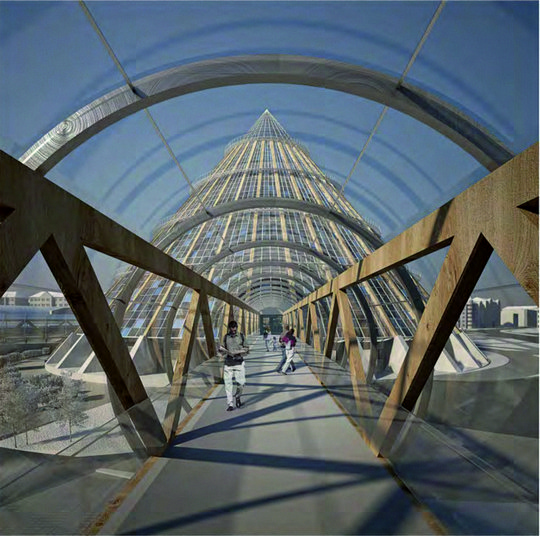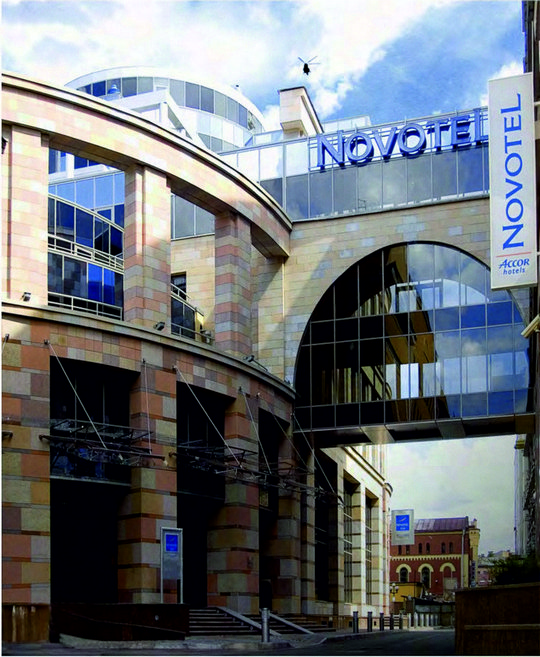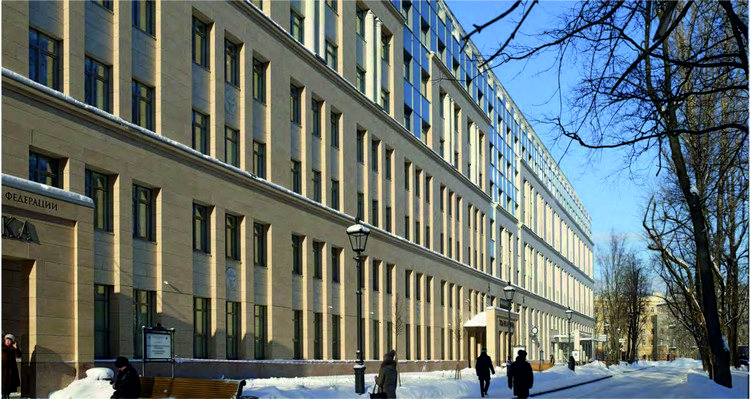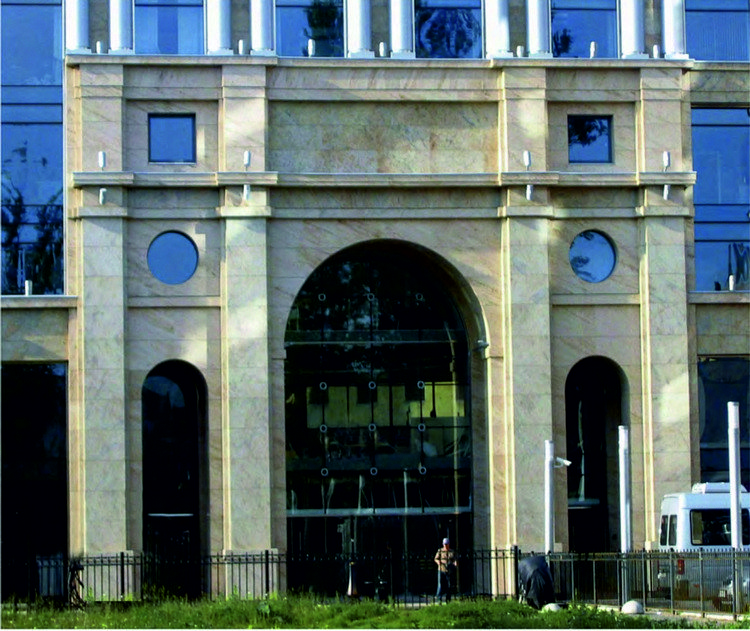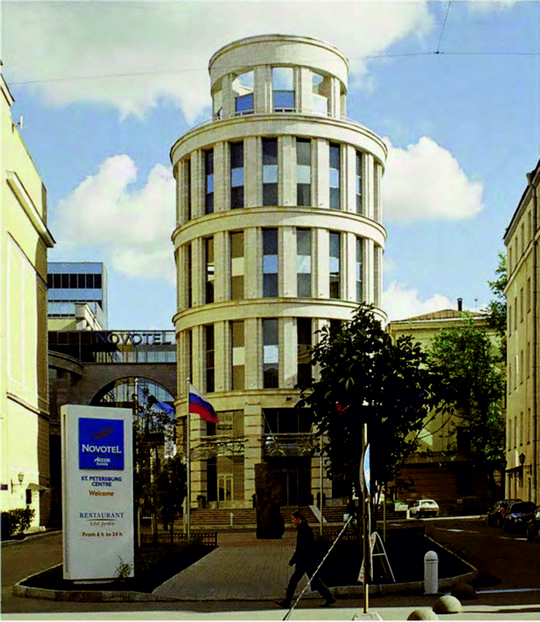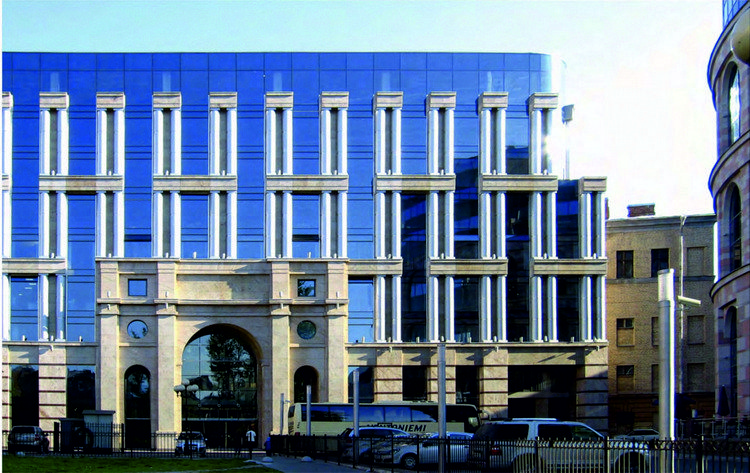M. A. Mamoshin, “An architect is a universe”
Mikhail A. Mamoshin
Mikhail A. Mamoshin is a graduate of LISI-SPbGASU, an Honored Architect of Russia, academician of architecture (RAASN and MAAM), Corresponding Member of the Russian Academy of Arts, Vice-President of the St. Petersburg Union of Architects.
The architect works in the line of figurative architecture: he revives the classics and northern modernism in his works. Mikhail Mamoshin took the time to answer our questions.
– What was the impetus for you to choose the profession of architect?
– I grew up in a family of builders in the small Pomorye town of Onega, Arkhangelsk Region. A friend of my parents was a unique person, honored builder of the USSR, cavalier of the Order of Lenin Andrei G. Shary. He had quite a difficult fate: in 1937, he was repressed and sent to the Gulag. There he was assigned as assistant to a graduate of the Nicholas I Institute of Civil Engineers (the old name of LISI-SPbGASU). Andrei Shary was a man of encyclopedic knowledge, could draw the ionic and Doric order by hand, commented on proportions and made complicated calculations for structural mechanics. All this knowledge was transferred to him by this man in the Gulag (his name and surname remains unknown). Listening to the stories about this ICE graduate I decided to come to St. Petersburg and enroll at the Faculty of Architecture at LISI. Now I understand that I am continuing this man’s life. That's how I chose the profession of architect.
– What people influenced you when you studied at LISI?
– Architecture got split to the abstract and figurative parts. I adhere to eternal values in architecture and have never succumbed to any fashionable trends. I can say that I revived northern Art Nouveau in St. Petersburg. My interest in art Nouveau and commitment to figurative architecture formed under the influence of Gennady I. Alekseyev, who taught at the Department of Theory and History of Architecture. He was an incredible person, gifted in many fields of science and art. A doctor of architecture, he taught us the history of culture and the history of architecture, an introduction to architectural design. At the same time, he was an artist and a poet; he revived the vers libre..
Gennady Alekseyev was one of the rehabilitators of the northern modernity and one of the founders of its study. He inspired me to keep working in this style.
In my office, I have an antique clock that used to belong to architect A.F. Bubyr, a prominent representative of the northern modernity. This clock, as a continuation of the traditions of northern modernity, was solemnly presented to me by the descendants of A.F. Bubyr.
I have implemented several objects in the Northern Neo-Modern style, in particular, a multi-level parking in the historical center of St. Petersburg (Volynsky per., 3, and the Tavrichesky residential building at # 4 Chernyshevsky Ave. It is noteworthy that both structures were awarded a place in the White Book of the World Club of Petersburgers, as objects that continue the architectural traditions of St. Petersburg.
The other person who influenced me was Anatoly I. Kubasov. This was an incredible man who worked with architect L.N. Benois and studied under Noah Trotsky. After the issuance of the Decree on architectural excesses, Anatoly I. Kubasov quit the profession and began teaching at LISI. He gave us a lot of important qualities and laid the basis for classical architecture in us. Many of my works - the alternate route to Nevsky Avenue, the Transneft building are imbued with the spirit of the classics, and this is the influence of Anatoly Kubasov.
The third person was Lazar M. Hidekel, the legend of the Leningrad avant-garde, the first Supremacist architect. I designed a house at #44 Tchaikovsky as an appeal to the traditions of early Leningrad architecture. This is also our identity, but in an abstract format. Today, in contemporary St. Petersburg architecture, we can trace an identity crisis. Architects create their projects without realizing that we have enormous resources, such as Lazar Hidekel, Nikolay Suetin, Ilya Chashnik.
A few years ago, I started designing churches and became excited with the personality of architect V. A. Kosyakov. The three Kosyakov brothers graduated from the Nicholas I Institute; one of them became the first elected ISI rector. V.A. Kosyakov designed the St. Nicholas Cathedral in Kronstadt, the Epiphany Church on Gutuevsky Island, and the Compound of Optina Pustyn on the embankment of Lieutenant Schmidt. In temple architecture, I was influenced by the researcher of the wooden architecture of the Russian North, Yuri S. Ushakov.
– Do SPbGASU graduates come to your architectural studio? How can you rate their professional level?
– We have graduates of SPbGASU and the Repin Institute of Painting, Sculpture and Architecture.
Young people come to us have practical training, and about one of five people stays. I like the current generation, this is the generation of my youngest son.
They no longer dream of becoming entrepreneurs and Gazprom managers but want to master profession. I need a person to have a penchant for architecture, have high computer skills and fit into our team.
– Would you agree with the statement that architecture is becoming more synthetic and influenced by other areas of art and science?
– Architecture is one of the most difficult professions; its representative must be diverse and versatile. They have to make decisions in broad, synthetic categories, which are at the junction of the humanitarian, exact and artistic disciplines, which are adjacent to social aspects. Today, we are witnessing the process of the interior design and landscape design to disappear from architecture. Prior to this, it had lost the design work and urban planning. But architects must know the construction and design business, to understand urban planning and design.
Each architect is quite a universe, a synthetic personality, a person with a 3D- sharpened apparatus. When a young man comes to me and says that he wants to become an architect, I ask him two questions: “When you and your parents come to a new city, who is better oriented in it?” And “Who are you, a humanist or a techie?” If the young person is well-versed in an unfamiliar place and relates to both the humanities and the techies that is a good prerequisite for becoming an architect. Well, of course, you need artistic capability.
– What do you think about the relations between the architect and the authorities in St. Petersburg developing today?
– Our city is distinguished from others by respect for the profession of architect. The fact is that architecture is a kind of asset of St. Petersburg. We see a wonderful city, beautiful palace and park ensembles around St. Petersburg. Their construction was coordinated with emperors, and those knew architecture. In Soviet times, the understanding that architecture is one of the resources of the city was coming gradually. The architects of the Soviet period, the teachers of our teachers, took all the construction sites outside the historical center. Of the cities that preserved the appearance of a European capital prior to the First World War, only few survived. That is why people from all over the world come to St. Petersburg: they want to see its architecture. In the 1920-1930s, in Stockholm and Prague, they demolished the baroque buildings in order to build constructivist structures. And in St. Petersburg, this had never happened, to a big extent due to lack of funds.
Today, in fact, we have two cities - St. Petersburg, then the industrial belt around the historical center, and Leningrad. Of course, World War II led to great destruction, but everything was restored. St. Petersburg is a unique city; it is an asset of our state. I would send all Russian children after graduation to our city so that they could see what the proper life should be like.
It is believed that Western architects should not build in St. Petersburg. Canadian Diamond & Schmitt Architects bureau built the second stage of the Mariinsky Theater, but it would be better if it did not. Of the world's architects, only Ricardo Bofill was able to build two buildings in the historical center of St. Petersburg, fitting them into the architectural context.
Today's St. Petersburg architectural community has demonstrated its viability to society. Modern architects are descendants of the great architects of the past, because the system of architectural education is built correctly.
– Should the state influence the architectural process?
– Today, a strange situation has developed in our country. The architect is in a ghastly legal position. The state does not understand what architecture is. An architect performs two things: a mission and a service. Yet, the state sees only the service. Peter I introduced the Prussian model of construction and architecture in Russia, which implies a general contract and a general contractor. An architect is a general designer, responsible for all sections, taking part in the examination, and coordinating all participants in the process. Today, this structure is disassembled; the Prussian model has lost its primary source. Builders around the world do not have the right to design; they can only make working drawings for completed projects. But in Russia, the construction lobby has pushed through for the laws by which builders may now design, build and sell on their own. The need for the adoption of the Law on Architecture is obvious to everyone.
It is necessary that our respected lawmakers understood that architecture, among other things, also bears social responsibility. “Inexpensive” housing does not mean “bad”, economical architecture can be beautiful, appealing and smart. And today, being in some areas of St. Petersburg, I do not understand what kind of city it is. In new buildings, we need to do a lot of work and put in order the facades of panel houses in the same way as we put in order the facades of the historical center.
I am very pleased with the emergence of transport infrastructure - the Ring Road, Western High Speed Diameter. Today, the eventivity in St. Petersburg is identical to eventivity in any northern European city.
{gallery name="Мамошин другие проекты"}
Interviewed by Elena Shulgina
✔ Learn about the enrollment to the Faculty of Architecture, its areas of training and departments







